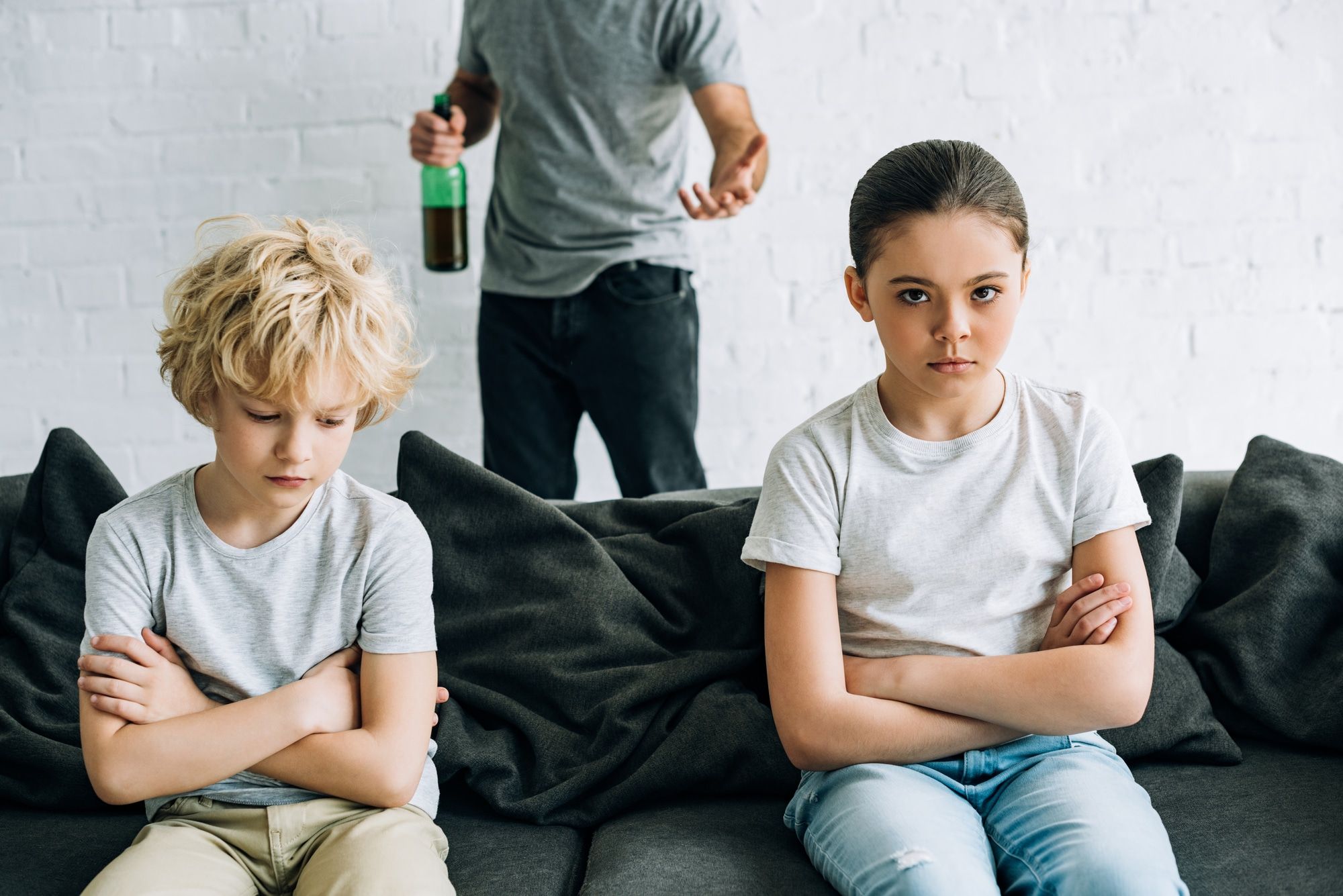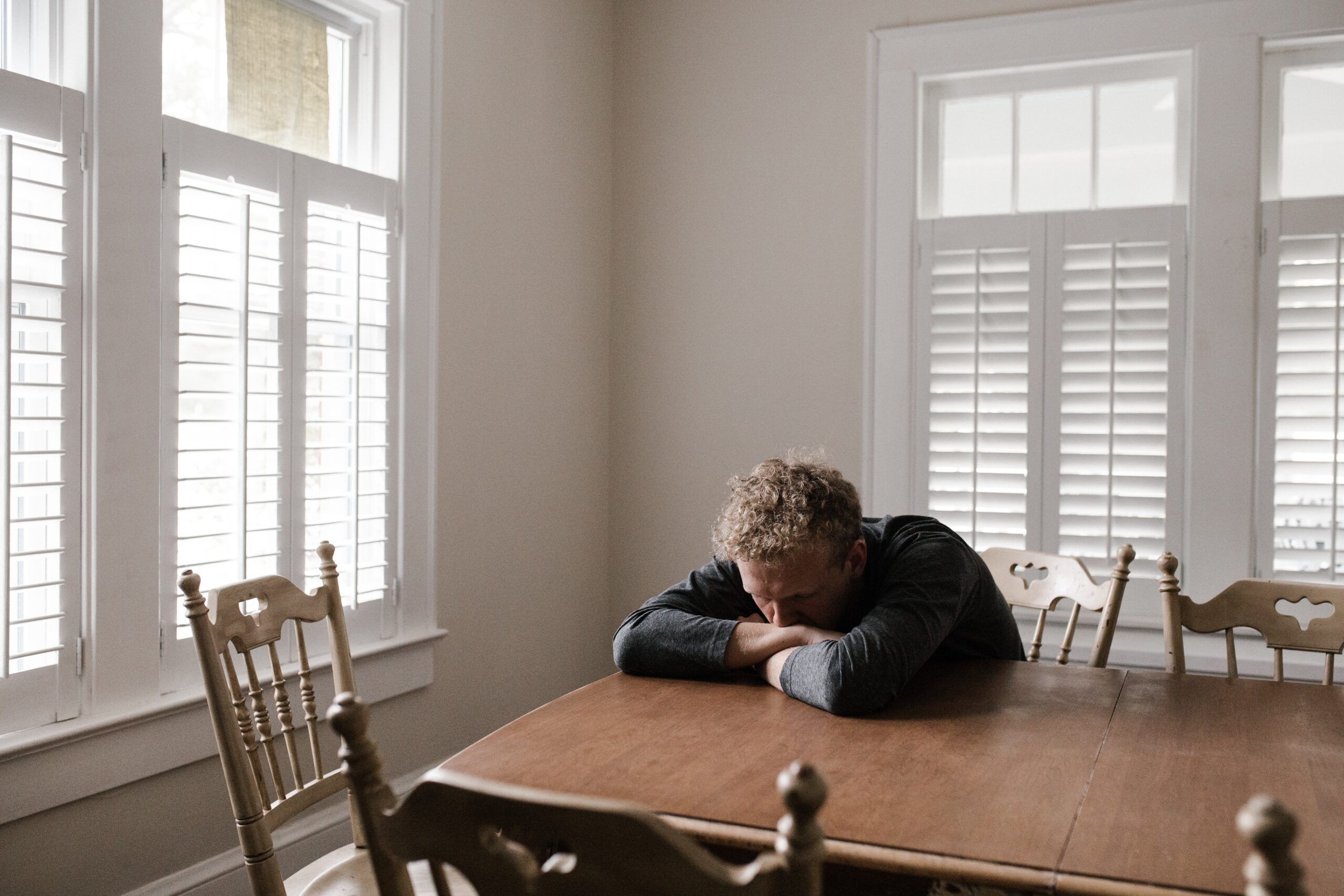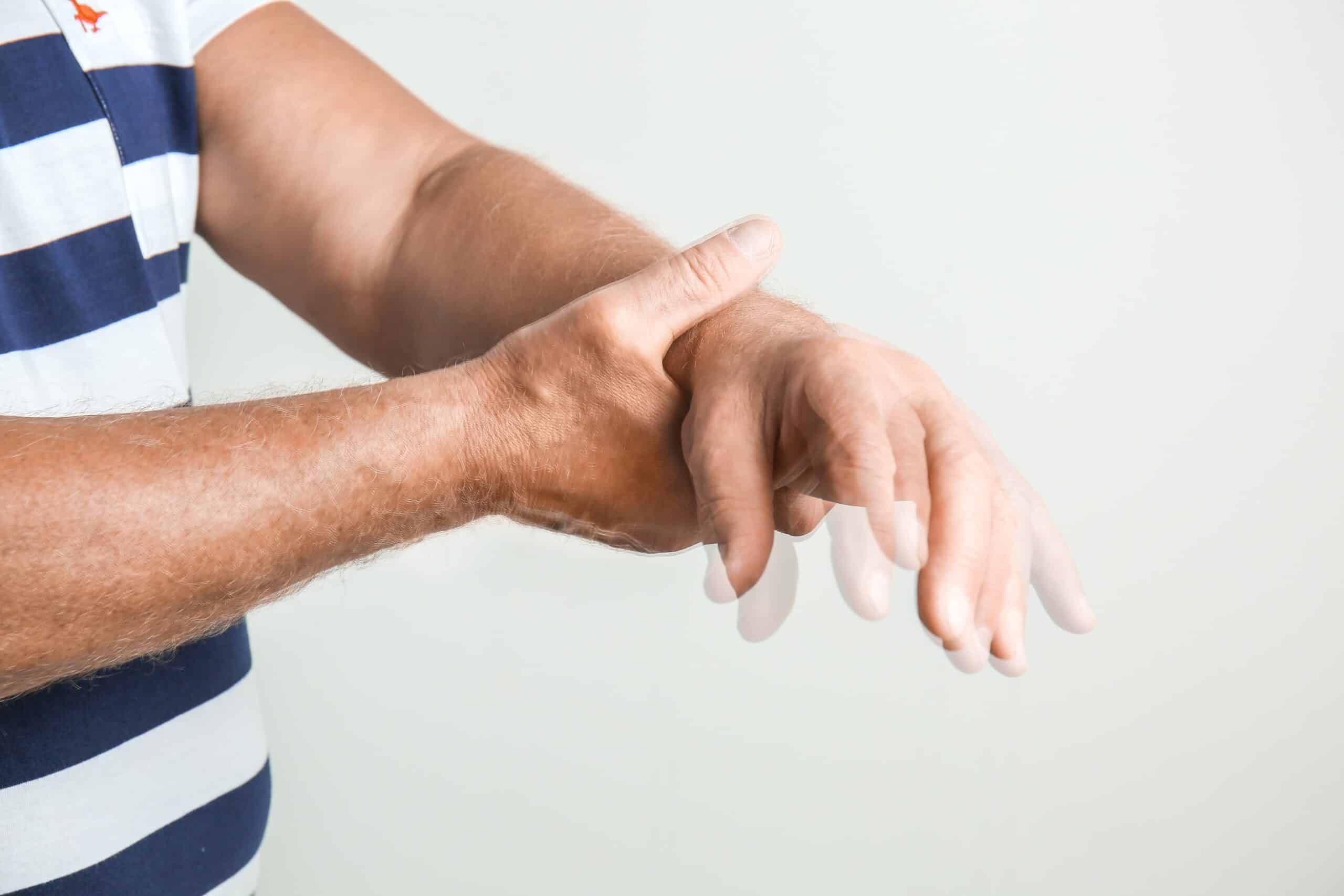Weed Overdose: Tips to Avoid Greening Out
Navigating the Hazards of Greening Out: Prevention and Response Strategies
Encountering a greening out episode catches many by surprise, enveloping them in a whirlwind of discomfort far removed from the sought-after euphoria associated with cannabis use.
This unsettling experience, characterized by symptoms such as nausea, dizziness, and panic, stems from overindulging in tetrahydrocannabinol, the potent substance found in marijuana.
Fortunately, understanding the phenomenon and adopting practical measures can significantly reduce occurrences and mitigate their impact.
Mastering prevention strategies and knowing how to react when symptoms surface are invaluable skills.
Keep reading to navigate the hazards of greening out with effective prevention and response strategies.
Understanding the Basics of Greening Out
Embarking on the journey to demystify ‘greening out’, a term that often conjures confusion among many, feels like peeling back layers of an intricate onion.
It’s essential to grasp what greening out encapsulates before diving deeper.
As someone who has navigated the murky waters of substance use and its myriad of terminologies, understanding this phenomenon involves recognizing its early warning signs, an illuminating yet sobering process.
The discourse around greening out shouldn’t remain shrouded in mystery but instead approached with clarity and insight.
Let’s set the stage for a candid exploration of greening out, including its definition and the markers that signal its onset, laying a solid foundation for prevention and responsive strategies.
Defining the Phenomenon: What Does Greening Out Mean?
Greening out, a term that might sound alien to some and all too familiar to others, essentially describes a sudden onset of unpleasant symptoms after consuming too much cannabis. It’s a state where the body’s reception to tetrahydrocannabinol, or THC, the psychoactive compound in cannabis, overwhelms the system, leading to a spectrum of reactions that can be both unsettling and intense.
My journey through understanding and educating others on substance abuse has highlighted that recognizing this phenomenon is key. Greening out is not simply feeling ‘too high’ but is a complex interaction between THC and various bodily systems, which can result in symptoms such as nausea, paranoia, and in some cases, panic attacks. It underscores the importance of moderated consumption and having a keen awareness of one’s limits when engaging with cannabis.
Recognizing the Early Warning Signs
Acknowledging the early signals that precede a greening out episode can be a lifeline, safeguarding well-being and ensuring a safer experience. These signals often manifest as dizziness, a sudden spike in anxiety, or an overwhelming feeling of nausea. Tuning into these subtleties allows for swift action, potentially mitigating the severity of the episode or avoiding it altogether.
In my years of interaction with individuals experiencing substance-induced discomfort, a common thread has been the underestimation of these early warnings. A rapid heart rate or a noticeable change in blood pressure, for instance, should not be dismissed as trivial. Recognizing and respecting these signs as the body’s communication mechanism is pivotal in navigating the challenges of greening out with grace and care.
How to Avoid Greening Out: Essential Prevention Tips
Navigating the intricate challenges posed by greening out demands not only an understanding of the phenomenon but also the implementation of pragmatic prevention strategies.
Throughout my exploratory journey within the realm of substance use and its management, I’ve identified several cornerstone practices that significantly diminish the risk of experiencing this disconcerting state.
Embarking on these practices involves adopting a cautious approach to consumption, being acutely aware of the dynamics of your surroundings and the company you keep, comprehending and respecting your personal thresholds and tolerance levels, and not underestimating the importance of staying hydrated and well-nourished.
Each of these strategies plays an indispensable role in furnishing individuals with the tools needed to engage with cannabis in a manner that prioritizes health and safety, laying the groundwork for a more informed, and consequently, more enjoyable experience.
Start Low and Go Slow With Consumption
Embarking on a journey of cannabis consumption with the adage ‘start low and go slow’ serves as a keystone advice that’s vital for steering clear of the distressing state of greening out. It’s a guideline I’ve come to value deeply in my professional interactions with those new to cannabis, emphasizing the importance of beginning with minimal doses and gradually increasing as one better understands their individual response to THC.
This cautious approach to consumption ensures that the body has ample time to adjust to the psychoactive effects of cannabis without overwhelming the system, significantly reducing the risk of adverse reactions. My experiences have shown that respecting the body’s pace and limits not only enhances the overall experience but serves as a critical preventive measure against the unease and discomfort associated with greening out.
Be Mindful of Your Environment and Company
The setting in which one chooses to consume cannabis and the people they surround themselves with play a non-negligible role in dictating the overall experience. From my vantage point, having guided countless individuals through their substance use journey, an environment that fosters relaxation and a circle that understands and respects one’s boundaries can markedly influence one’s vulnerability to greening out.
Moreover, the presence of informed, supportive companions can act as a critical safety net, ensuring swift and appropriate responses should things veer towards discomfort. My professional experience underscores the significance of making deliberate choices about where and with whom one engages in cannabis use, as these factors inherently contribute to the maximization of enjoyment and the minimization of risk.
Understanding Your Limits and Tolerance
Grasping the nuances of one’s personal threshold for cannabis consumption is a critical step in evading the discomforts of greening out. Through my years of counseling, I’ve observed that a deep understanding of how one’s body reacts to different doses and kinds of cannabis can dramatically steer the experience away from undesirable outcomes. It’s about fostering a self-aware relationship with the substance, a practice that I’ve seen empower many to enjoy cannabis responsibly and safely.
It bears repeating that tolerance levels can fluctuate widely among individuals, a fact that underscores the importance of patience and self-observation in the journey of cannabis use. My approach has always been to encourage a reflective process, where patients document and review their experiences, thereby gaining insight into their unique boundaries. This method not only aids in preventing greening out but also enriches the overall experience with cannabis by aligning it closely with one’s health and well-being goals.
The Role of Hydration and Food Intake
Hydration emerges as a fundamental aspect in circumventing the disorienting state of greening out. In my experience, consuming ample water before, during, and after engaging with cannabis profoundly impacts how the body reacts to THC, aiding in the regulation of blood pressure and mitigating feelings of dizziness and nausea. As someone deeply entrenched in the discourse on substance use, I’ve seen the simple act of staying hydrated transform potentially uncomfortable situations into manageable ones.
Similarly, the role of food intake cannot be underestimated in its capacity to influence the cannabis experience. Ensuring a stable base of nourishment helps in stabilizing blood sugar levels, which can otherwise fluctuate with cannabis use, leading to lightheadedness and exacerbating anxiety. Throughout my journey of guiding individuals in navigating their substance use, the advice to not consume cannabis on an empty stomach has stood out as a universally beneficial strategy to reduce the risk of greening out.
Immediate Response Strategies for Greening Out
Encountering a greening out episode, despite all preventive measures, demands prompt and informed actions to alleviate discomfort and steer towards recovery.
In these trying moments, knowing how to respond can make a significant difference in the experience’s trajectory.
The initial step is always to anchor oneself in calmness, seeking out a comfortable and safe environment.
This foundation sets the stage for efficacious strategies such as hydrating adequately and engaging in slow, deep breathing exercises, designed to counter physiological reactions such as elevated heart rate and anxiety.
Importantly, it’s crucial to remember—not to give in to panic.
Offering reassurance to oneself or to others that time will gradually diminish the intensity of the symptoms is fundamental.
These response strategies are not just about immediate relief; they’re about navigating through the episode with a sense of control and understanding.
Stay Calm and Find a Comfortable Space
Amid the whirlwind of discomfort that greening out can bring, maintaining calmness emerges as an essential pillar in mitigating the situation. Through my career in guiding individuals through various substance use challenges, I’ve learned the power of soothing one’s mind and seeking a serene environment. This approach not only diminishes the intensity of immediate symptoms but also fosters a sense of security and stability needed during such moments.
Creating a space that feels safe and comfortable is a critical step I advocate for when confronting a greening out episode. In my experience, this environment acts as a sanctuary, significantly aiding in the stabilization of overwhelming sensations like nausea and paranoia. It’s a strategy that underscores the importance of mental tranquility in catalyzing physical recovery, a practice I’ve seen transform potentially harrowing experiences into manageable episodes.
Hydrate and Focus on Slow, Deep Breaths
In my experience, hydration plays a pivotal role in counteracting the discomfiture of greening out. Sipping water steadily can significantly alleviate symptoms like dry mouth and nausea, contributing to a swifter recovery process. My advocacy for hydration stems from observing its immediate impact on those grappling with the unwelcome aftermath of overconsumption, offering a simple yet effective form of relief.
Simultaneously, focusing on slow, deep breaths emerges as a powerful strategy to manage the anxiety and panic that often accompany greening out. This technique directly addresses the accelerated heart rate and dizziness, facilitating a return to a more centered and calm state. Through guiding individuals in this practice, I’ve witnessed its capacity to transform a potentially overwhelming situation into one of manageable discomfort, underscoring the importance of breath control in navigating the complexities of substance-induced distress.
Don’t Panic: Reassurance and Time Are Key
In moments of greening out, the impulse to succumb to panic is natural but counterproductive. I always emphasize to those I’m helping that remaining calm and reassuring oneself or the person affected that these sensations will gradually subside with time is crucial. This mental posture can significantly deter the escalation of anxiety and facilitate a smoother passage through the discomfort.
Time acts as a gentle healer in the context of greening out, an insight I’ve gained through numerous encounters with this challenge. Reassuring oneself or someone else that the intensity of the symptoms will diminish progressively can be extraordinarily empowering. It’s a simple yet profound strategy that fosters resilience and patience during what can feel like an endless ordeal.
When to Seek Medical Attention for Greening Out
Despite our best preventive measures, certain instances of greening out carry with them symptoms that escalate beyond comfort-driven remedies and demand professional intervention.
This critical juncture in the experience opens up a dialogue about the twin necessaries of recognizing when to transition from personal management to seeking medical assistance and how to navigate this shift with safety and sensitivity.
Embarking on this path requires a nuanced understanding of which symptoms signal a genuine health concern as opposed to a high level of discomfort, coupled with the knowledge of how to approach healthcare providers effectively about a substance-related issue.
Acknowledging the gravity and the potential risks involved in this phase is essential for ensuring the well-being of both oneself and others during these unsettling episodes.
Identifying Symptoms That Require Professional Help
In my professional journey, I’ve encountered instances where greening out evolves into a situation that necessitates medical intervention. It’s critical to discern symptoms such as enduring, unmanageable panic attacks, severe hallucinations, and an inability to regain a normal breathing rhythm as potential markers for professional help. These manifestations pose significant risks and extend beyond the scope of self-managed recovery strategies, pointing towards the need for immediate medical attention.
Moreover, observing signs of extreme dehydration or continuous vomiting requires swift action. Such symptoms can lead to further health complications if left unchecked, underlining the importance of engaging with healthcare professionals. My advice stems from the premise that safety and health should always take precedence, guiding my counseling to advocate for emergency services or a visit to the emergency department when faced with these severe manifestations of greening out.
How to Safely Approach Medical Professionals
Approaching medical professionals in the event of greening out necessitates a transparent and honest dialogue. I always emphasize the importance of being upfront about the substance used, as this information equips healthcare providers with the necessary context to administer the most effective care. My history of aiding individuals through substance-related crises reinforces the value of candor in these interactions, fostering a professional environment where health and recovery are the foremost priorities.
Communicating your symptoms comprehensively and accurately contributes significantly to a favorable outcome. In my professional experience, delineating the onset, duration, and intensity of symptoms can empower physicians to make informed decisions, potentially mitigating the severity of the situation. This approach, grounded in clear and precise information, has supported countless patients in their recovery journey, underscoring the critical role of patient-physician communication in navigating the complexities of greening out.
Essential Recovery Tips Post-Greening Out
Emerging from the unsettling throes of greening out calls for a tailored recovery blueprint, keenly focusing on rejuvenating both the mind and body.
This critical phase, often overlooked, is the cornerstone of regaining equilibrium and safeguarding against future episodes.
Hence, delving into the realms of rest and rehydration instantly following such an episode not only catalyzes physical recuperation but also lays a solid groundwork for mental resilience.
Parallelly, embarking on a period of reflection to distill insights from the experience acts as a strategic pivot towards preemptive measures, ensuring one’s future encounters with cannabis are informed by wisdom and prudence.
This dual-pronged approach to recovery embodies a blend of immediate care and long-term prevention, fostering a balanced and sustainable relationship with cannabis.
Rest and Rehydration: The First Steps to Take
In the aftermath of greening out, prioritizing rest can be a transformative step towards recuperation. Allowing the body to recover in a tranquil, safe space supports the natural rebalancing of both physiological and cognitive functions disrupted by overconsumption of cannabis.
Furthermore, rehydration is an absolute necessity in combatting the aftereffects of greening out. Drinking water or electrolyte-rich beverages methodically addresses dehydration and helps ease symptoms like headaches and dry mouth, facilitating a smoother recovery process.
Reflecting on the Experience for Future Prevention
Reflection, post-greening out, serves as a crucial step in fortifying oneself against future incidents. It entails a thoughtful examination of the episode, pinpointing the exact moments and decisions that led to the discomfort, thereby equipping one with the knowledge to adjust behavior and consumption patterns moving forward.
This introspective process, while sometimes difficult, paves the way for a more informed and conscientious relationship with cannabis. Learning from each experience, be it favorable or challenging, inherently minimizes the risk of recurrence, fostering a safer and more enjoyable cannabis journey.
Building a Support System for Cannabis Use
In the intricate dance of managing cannabis use and mitigating the risks of greening out, fostering a robust support system emerges as a critical step.
This network, a blend of personal relationships and professional resources, provides a foundation for open communication and insightful guidance.
It acts as an essential buffer, offering emotional grounding and practical advice, whether in normal use or in navigating the aftermath of an overindulgence.
My approach centers around creating channels of dialogue with friends and family about cannabis use, and recognizing the value of professional input when deeper issues surface.
This dual approach nurtures a supportive environment that respects individual autonomy while safeguarding against potential missteps in cannabis consumption.
Communicating With Friends and Family About Usage
Opening a dialogue with friends and family about cannabis usage is a step I’ve found crucial in building a supportive circle. It’s about creating a space where conversations around usage, limits, and safety are normalized, fostering an environment of understanding and mutual respect. This kind of openness has often been the first step toward constructing a safety net that many overlook until a challenging situation arises.
In my experience, honesty and transparency in these discussions act as the cornerstone for a trusting relationship. It encourages others to share their perspectives and advice, possibly drawing from their experiences or concerns, which might illuminate aspects of cannabis use I hadn’t considered. Their input becomes a valuable part of making informed decisions about consumption, particularly in avoiding the pitfalls of greening out.
Seeking Professional Guidance When Needed
There comes a time in the journey of cannabis use where personal judgement may fall short, and the guidance of a professional can illuminate paths previously shrouded. In these moments, reaching out to a healthcare provider or a specialist in addiction treatment becomes not just a practical decision, but a proactive step towards safeguarding one’s mental and physical health.
My experience has taught me the value of engaging with experts who possess a deep understanding of substance use and its impacts. These professionals, be they at an Orlando recovery center or an Atlanta drug rehab, offer personalized advice and treatment options grounded in the latest research and tailored to individual needs, ensuring a comprehensive approach to overcoming challenges related to cannabis use.
Frequently Asked Questions
What are the signs and symptoms of greening out?
Greening out, a term commonly associated with overconsumption of cannabis, manifests through a constellation of distressing symptoms, including nausea, vomiting, and a sense of deep unease or panic. Other markers of this unpleasant experience often encompass dizziness, heightened anxiety, paranoia, heart palpitations, and in severe cases, hallucinations or temporary lapses in consciousness.
How can individuals prevent greening out while using cannabis?
Preventing the uncomfortable experience of ‘greening out’—a situation where an individual may feel sick or distressed after consuming too much cannabis—is vital for a safe and pleasant experience. Recognizing the signs and understanding the steps to limit exposure can make a significant difference.
Start by paying close attention to the dose. A mantra worth repeating is “start low and go slow,” especially for new users or when trying a new product. The potency of cannabis varies drastically among different strains and products, implicating a wide range of effects from the tetrahydrocannabinol, or THC, content. An overestimation of tolerance or a misjudgment in potency can easily lead someone into an altered state of consciousness, not the relaxing or euphoric experience they were seeking.
Stay hydrated. Consuming water or juice can help fend off dehydration, a common sidekick of cannabis use due to its impact on the mouth and eyes, leading to what’s commonly known as dry mouth and dry eyes, respectively. While it might sound trivial, staying adequately hydrated helps maintain normal bodily functions, which can be perturbed during a ‘green out’, manifesting in symptoms like dizziness, headache, and nausea.
Eating can also play a pivotal role in moderating the effects of THC. A well-timed snack or meal prior to cannabis use can slow the absorption of THC into the bloodstream. The presence of food in the stomach modulates the release of THC, providing a buffer that may reduce the risk of feeling overwhelmed.
If the intensity of the experience begins mounting towards discomfort, finding a safe and quiet space to lie down and breathe deeply can assist in mitigating the symptoms of anxiety, paranoia, and panic that sometimes accompany overconsumption. Techniques that center on relaxation and grounding—like focusing on slow, deep breaths—can aid in navigating through the waves of unease.
Awareness and education around substance use is paramount. Engaging with resources like Atlanta Drug Rehab or similar centers isn’t just about seeking help for addiction or recovery; it extends to learning about safe usage practices, understanding the implications of dual diagnosis, or simply uncovering more about the substance itself. Knowledge is power, and in the context of cannabis use, it’s a key player in prevention and safeguarding one’s mental and physical health.
Lastly, always remember the significance of setting and mental state before using cannabis. External pressures, stress, or existing mental health concerns can magnify the effects of THC, escalating the chance of experiencing a negative reaction. Embracing cannabis in a calm, positive environment can influence the overall outcome substantially.
In essence, respecting the substance, recognizing one’s limits, staying informed about signs and symptoms of overindulgence, and adopting practical steps like controlling dosage, hydrating, eating, and grounding oneself can reduce the risk of greening out. Whether you’re reaching out to an Atlanta Drug Rehab for more structured support or gathering insights from educational platforms, prioritizing safety and well-being is paramount.
What immediate actions should be taken when someone is greening out?
When someone is experiencing a “green out,” it’s critical to move them to a safe, quiet space and encourage them to take slow, deep breaths. Offering them sips of water or a snack like fruit or crackers can help stabilize their blood sugar levels and mitigate some of the discomfort.
When is it necessary to seek medical help for greening out?
Medical help should be sought for greening out when symptoms such as uncontrollable vomiting, severe panic attacks, or heart palpitations manifest, indicating the body’s struggle to cope with overconsumption. It’s crucial, too, when the individual experiences extreme confusion or hallucinations, signaling potentially dangerous alterations in mental status.
What are some essential tips for recovery after experiencing greening out?
Embarking on a journey through the intricate maze of substance abuse and its multifaceted challenges is nothing short of daunting. Amid this complex landscape, I’ve encountered a broad spectrum of individuals grappling with their unique struggles, each narrative as compelling as it is heart-wrenching. Today, I feel compelled to shed light on an often-overlooked yet critical aspect of this journey—greening out. Greening out—a term that might be unfamiliar to many—refers to an uncomfortable reaction after consuming an excessive dose of cannabis. Characterized by symptoms like nausea, vomiting, dizziness, and anxiety, it’s a disorienting experience that can leave one feeling utterly helpless. As someone deeply invested in fostering awareness about substance abuse and recovery, I feel it’s imperative to guide those who find themselves or their loved ones in this predicament.
Recovery from greening out necessitates a compassionate, patient approach. The first step is understanding that what you’re experiencing, although distressing, is temporary. Symptoms such as paranoia, elevated heart rate, and a sense of panic are your body’s reaction to an overload of tetrahydrocannabinol (THC)—the primary psychoactive compound in cannabis. To mitigate these symptoms, start by finding a quiet, comfortable space where you can sit or lie down. This reduces the risk of injury from dizziness or fainting. Breathing exercises can be remarkably effective in this scenario; taking slow, deep breaths helps regulate your heart rate and instills a sense of calm. Hydration is key. Opt for water or juice to address dehydration, and if possible, have a snack. Consuming sugar can help counteract the intense effects of THC by raising blood sugar levels, which might alleviate feelings of lightheadedness. In some cases, greening out catalyzes anxiety or panic attacks, making it important to remind yourself that this state is temporary and will subside. Engaging in calming activities like listening to soothing music or practicing mindfulness can provide significant relief. It’s also vital to acknowledge when professional assistance is needed. If symptoms persist or worsen, seeking medical help is crucial. Healthcare professionals can offer supportive treatments to alleviate symptoms, ensuring your safety throughout the recovery process. However, navigating the aftermath of greening out extends beyond addressing immediate physical discomfort; it often calls for introspection. While cannabis is legal in many regions and has legitimate medicinal uses, like any substance, it carries the risk of overconsumption and adverse reactions. Reflecting on the experience can provide valuable insights into personal limits and the importance of cautious, responsible use. For individuals struggling with cannabis use or any form of substance abuse, exploring options for support and treatment is a crucial step towards recovery.
Facilities like Atlanta Drug Rehab offer comprehensive services tailored to the unique needs of each patient, including therapy, medication management, and holistic interventions designed to facilitate healing and rebuild lives. Remember, recovery is a personal journey with its own set of challenges and triumphs. Whether you’re seeking help for yourself or supporting someone on their path to recovery, compassionate care and understanding are paramount. Engaging with a community of individuals who share similar experiences can provide solace and encouragement, reinforcing the belief that recovery, though challenging, is within reach. Navigating the complex terrain of substance abuse and recovery requires courage, patience, and persistence. In my journey of exploring and writing about these themes, I’ve learned that each story of struggle and triumph contributes to a broader understanding of human resilience. Whether through professional help, like that offered by various recovery centers, or through the support of a compassionate community, healing is possible. It’s essential to underscore the importance of prioritizing health and well-being, recognizing the signs and symptoms of substance misuse, and taking proactive steps towards recovery. By fostering open conversations about experiences like greening out, we can cultivate a more informed, empathetic approach to addressing substance abuse and supporting those in the throes of recovery?
Recovering from a greening out incident primarily involves finding a calm environment, engaging in deep breathing exercises to regulate your heart rate, staying hydrated with water or juice, and consuming a small amount of sugar to counterbalance the effects of THC. Recognizing the temporary nature of these symptoms and reminding oneself of their transient nature helps in alleviating the immediate discomfort while seeking professional assistance, if symptoms persist or worsen, ensures safety and proper recovery.
Conclusion
The importance of navigating the hazards of greening out lies in understanding the phenomenon, recognizing early warning signs, and implementing both prevention and responsive strategies effectively.
Greening out, characterized by a range of discomforting symptoms due to excessive cannabis consumption, necessitates a cautious approach to use, including starting with low doses and being mindful of the surrounding environment and personal tolerance levels.
Preventive measures such as staying hydrated and consuming food can significantly reduce the risk, while knowing how to respond, like seeking a comfortable space and focusing on hydration and breathing exercises, can alleviate symptoms during an episode.
Importantly, in cases where symptoms escalate, recognizing when to seek medical attention is crucial for safety.
Building a support system and reflecting on the experience also play vital roles in fostering a safer and more enjoyable future cannabis experience.
Ultimately, navigating the complexities of greening out with informed, proactive strategies enriches one’s understanding and relationship with cannabis, prioritizing health and well-being.
 Mon - Fri 8:00 AM to 6:30 PM
Mon - Fri 8:00 AM to 6:30 PM









